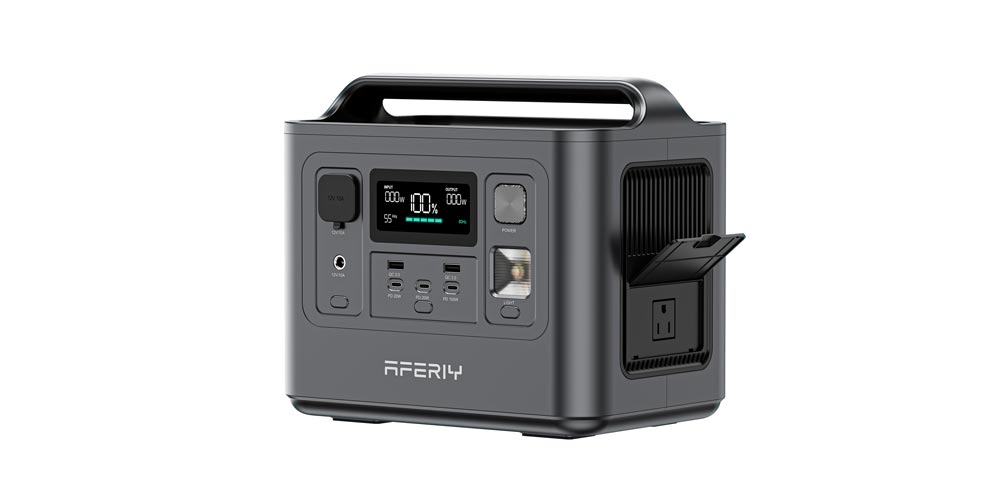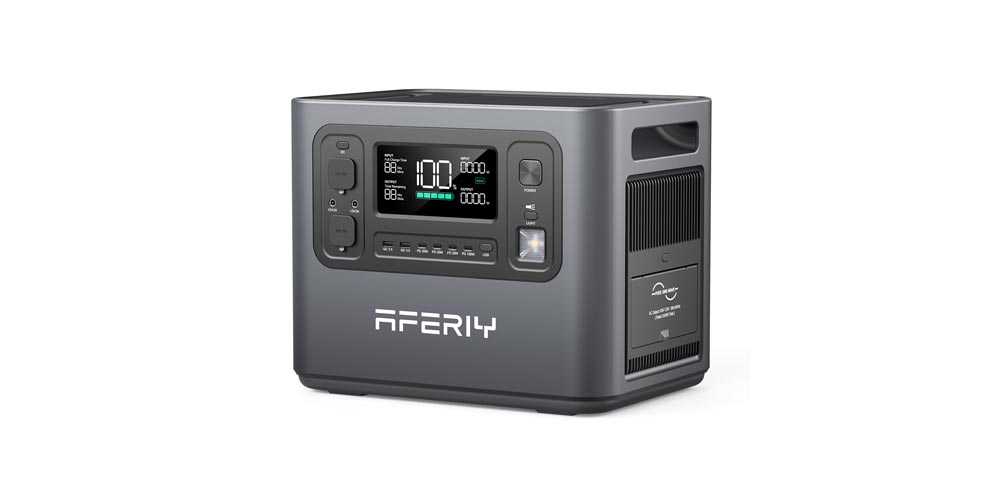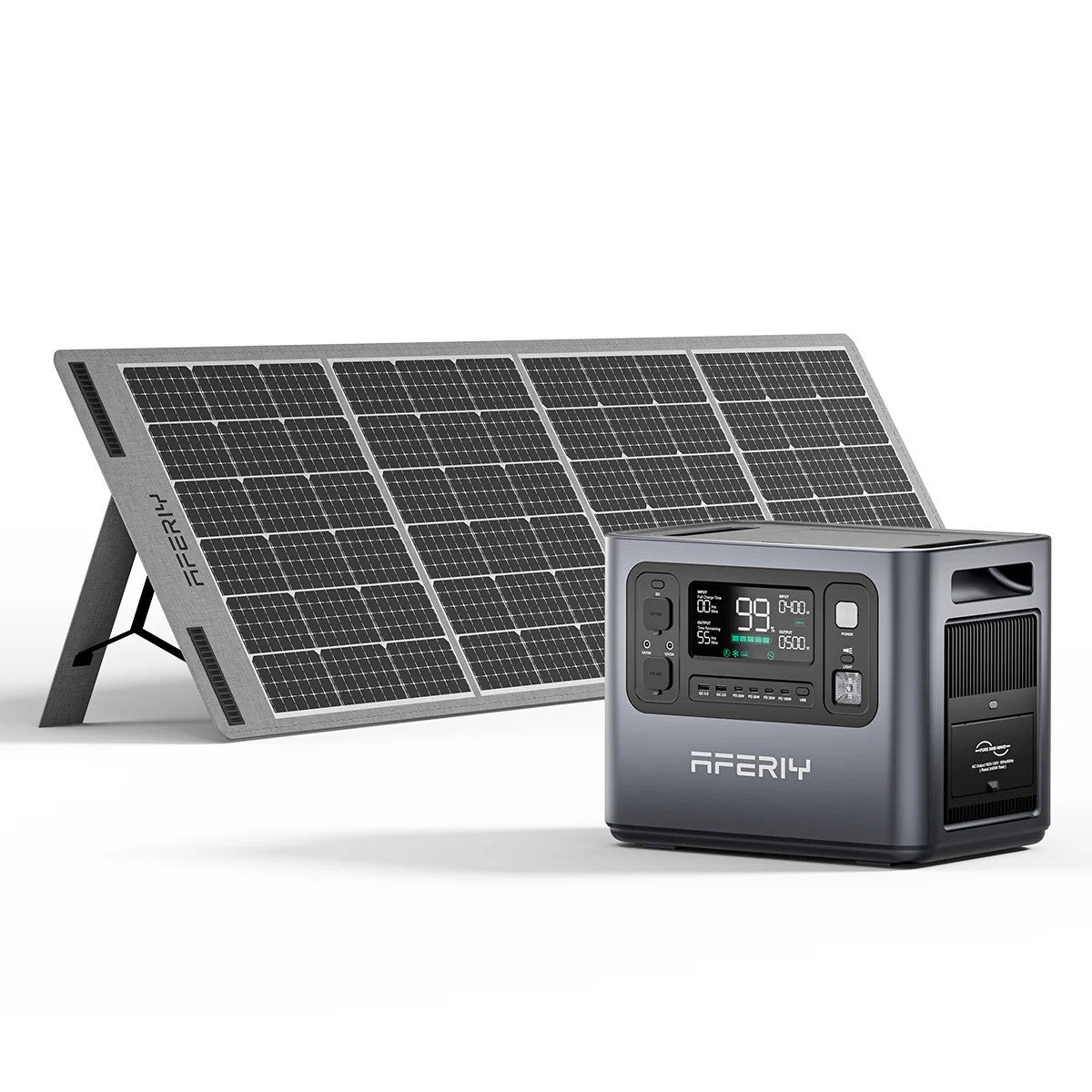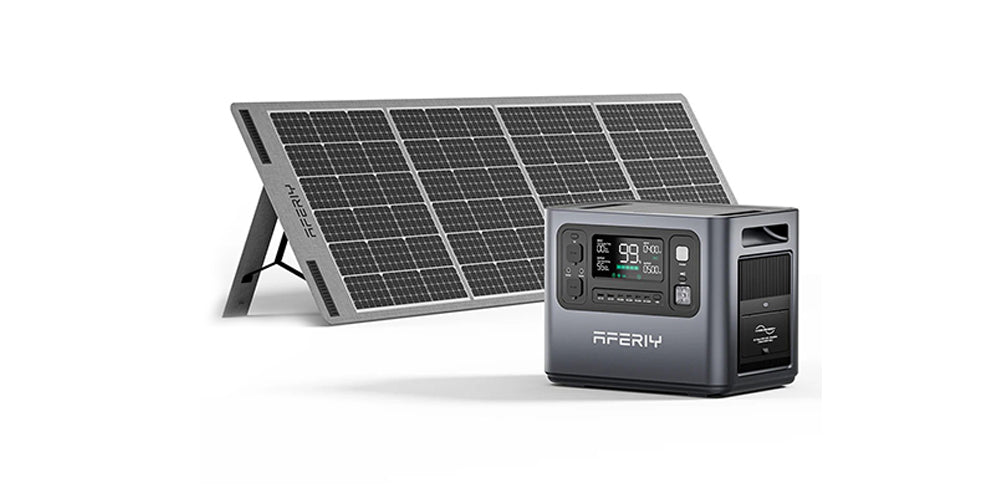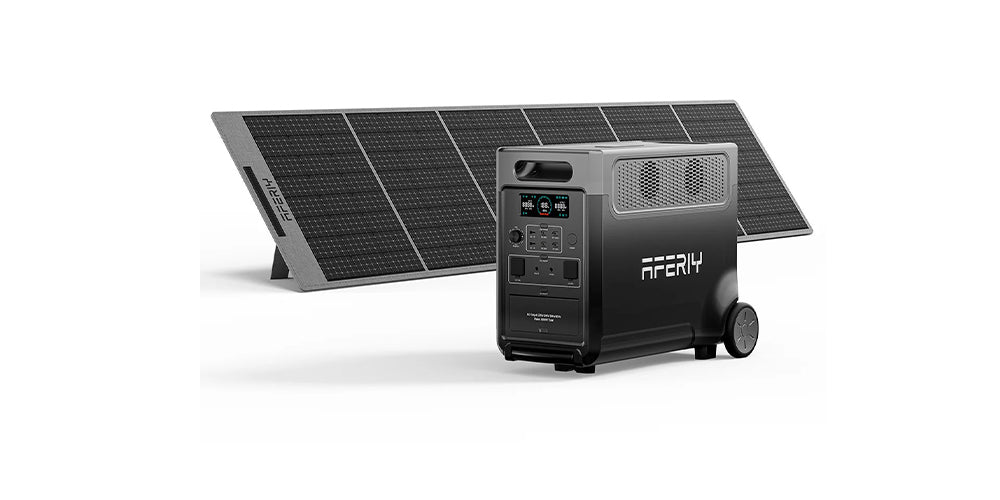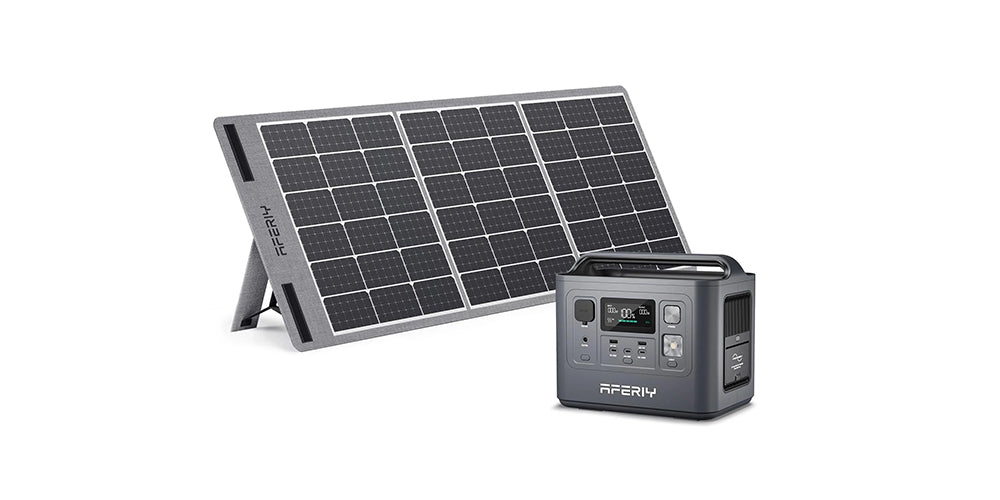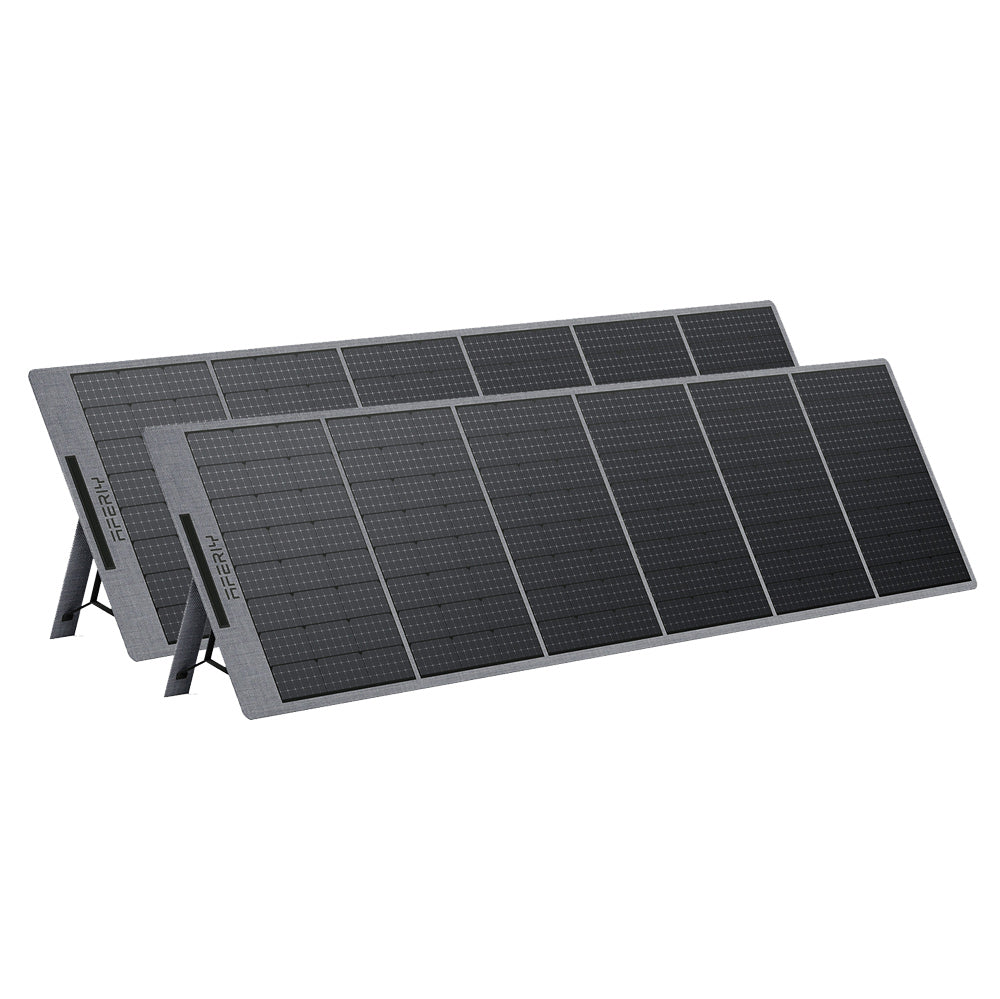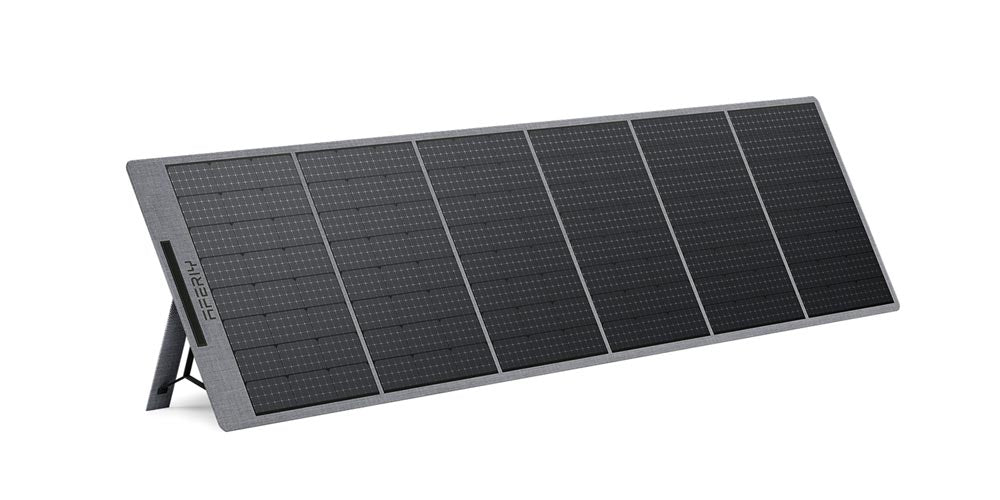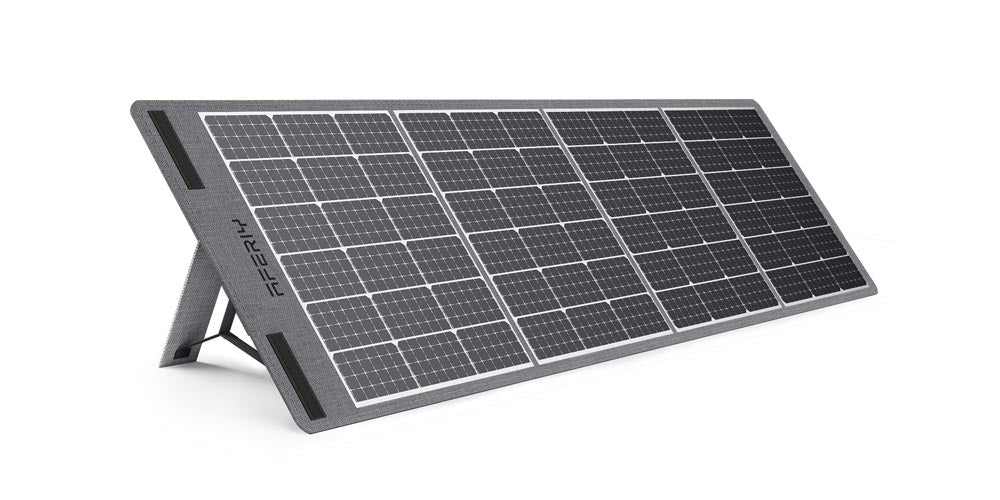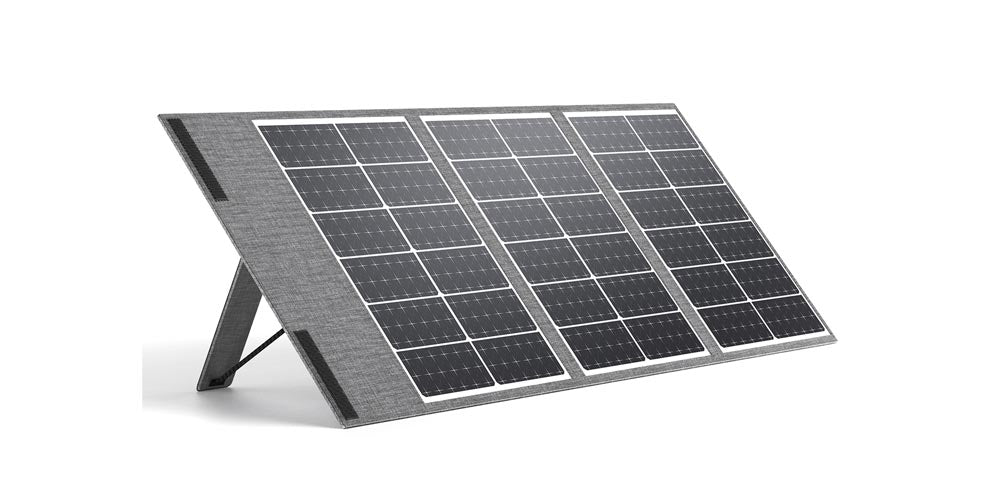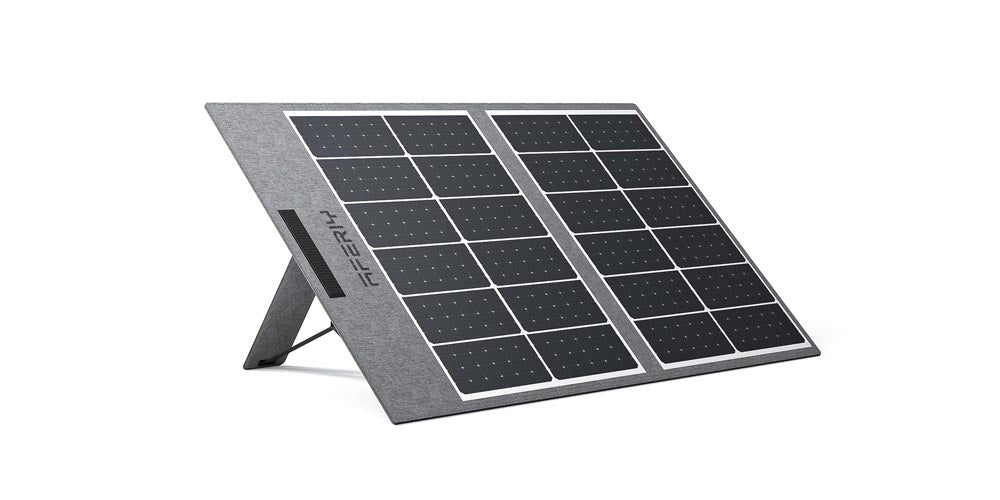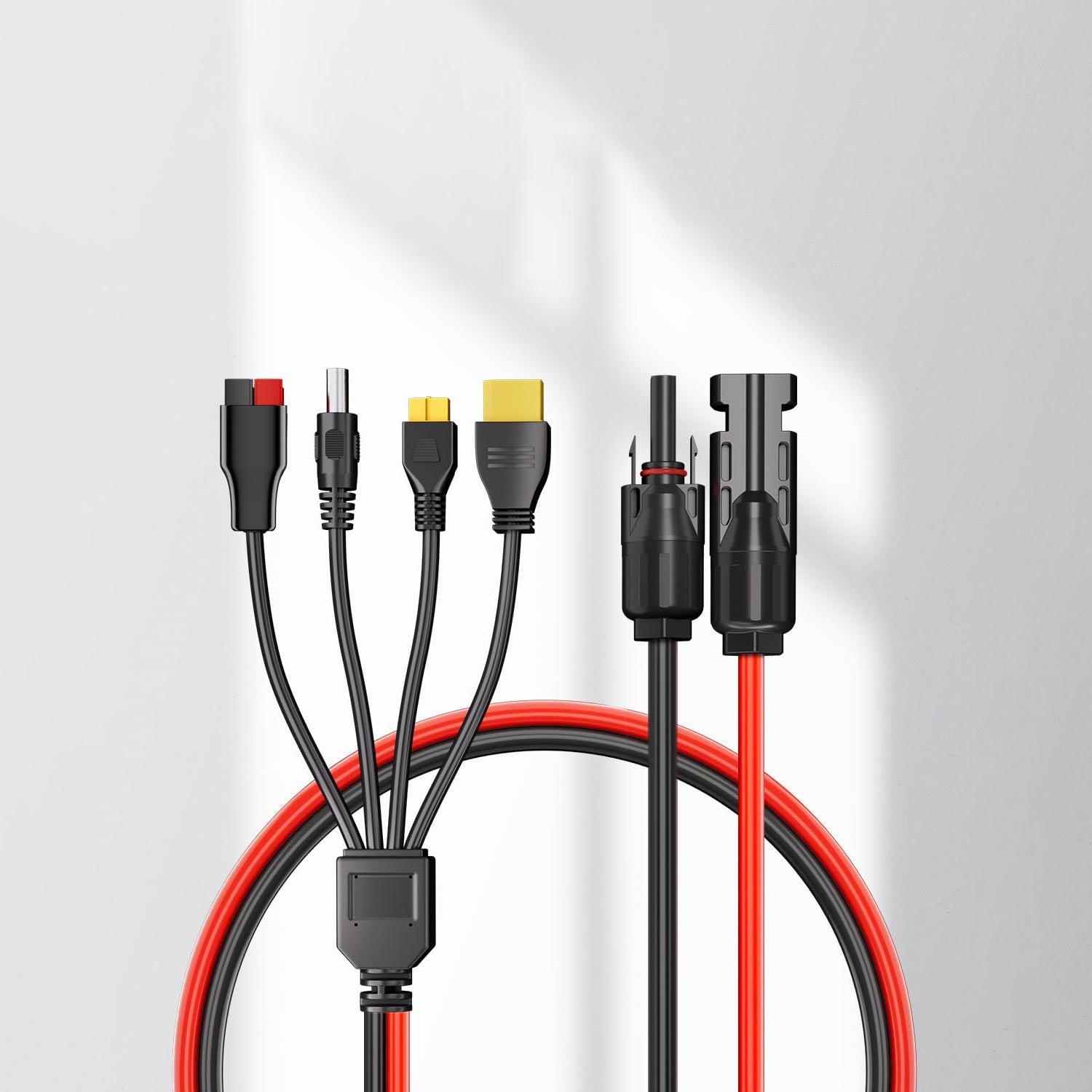What is the average electricity consumption for 80 to 150 m²?
Electricity bills have become a major concern for many UK households, especially as energy prices continue to rise. Knowing how much electricity your home consumes is essential if you want to cut costs and use energy more efficiently.
Whether you live in a property of 80, 100, or 150 square metres, understanding your real energy usage helps you take informed action. A smarter approach to managing electricity can make a significant difference, particularly when it comes to your average annual bill.
In this guide, we’ll answer key questions such as:
What’s the average electricity usage for an 80 m² home in the UK?
How does it change for 100 m² or 150 m² homes?
What practical steps can you take to reduce your bill without compromising comfort?
How Can You Estimate Your Home’s Electricity Consumption?
Estimating your household’s electricity usage is one of the best ways to stay in control. A good place to start is your electricity bill from the previous year, which will show your annual consumption in kilowatt-hours (kWh).
In the UK, an average household uses between 900 and 1,200 kWh per month, or 10,800 to 14,400 kWh per year. That translates to roughly 30 to 39 kWh per day — or about 30,000 to 39,000 watt-hours daily.
These figures give you a benchmark to compare your own consumption. To go further, you can calculate your personal usage by multiplying the power rating (in kilowatts) of your devices by the time they’re used each day, week, or month.
Average Power Consumption of Common Appliances (UK Estimates)
Here’s an extended list of typical appliances and their average consumption:
Television: 100–400 W (0.1–0.4 kW)
Air conditioner/heat pump: 900–2,000 W (0.9–2 kW)
Microwave: 900–1,500 W (0.9–1.5 kW)
Fridge: 200–400 W (0.2–0.4 kW)
Electric oven: 1,200–3,000 W (1.2–3 kW)
Washing machine: 1,000–2,000 W (1–2 kW)
Dishwasher: 1,200–2,400 W (1.2–2.4 kW)
Kettle: 2,000–3,000 W (2–3 kW)
Hairdryer: 1,500–2,000 W (1.5–2 kW)
Laptop: 50–100 W (0.05–0.1 kW)
Phone charger: 5–20 W (0.005–0.02 kW)
LED lightbulb: 3–12 W (0.003–0.012 kW)
Halogen lamp: 100–500 W (0.1–0.5 kW)
Example: A 2,500 W kettle used for 10 minutes a day will use about 0.42 kWh daily, or 12.6 kWh per month.
By adding up the consumption of each appliance, you can estimate your total household electricity use and identify the most energy-hungry devices.
Electricity Use in an 80 m² House
For a property of around 80 m² occupied by 2 people, annual consumption tends to range from 11,000 to 15,000 kWh. Depending on your electricity provider and tariff, that can translate to £1,700 to £2,300 per year at current UK energy prices (based on typical unit rates between 15p and 25p per kWh, standing charges not included).
Several factors affect this range:
Size and insulation of the property
Number of occupants
Heating type (electric, gas, heat pump, etc.)
Appliance usage and energy habits
Even homes of the same size can vary widely in energy use depending on how efficiently they’re run.
Electricity Use in a 100 m² House
For a 100 m² home (roughly 3–4 people), the average usage rises to 13,000 to 20,000 kWh annually, resulting in a potential yearly bill of £2,000 to £3,200, again depending on your tariff and usage pattern.
Electric heating or frequent use of high-powered appliances (dishwashers, electric hobs, dryers, etc.) can push the bill higher. Conversely, adopting eco-conscious habits and efficient devices helps lower it significantly.
Electricity Use in a 150 m² House
In a 150 m² home, usually accommodating 4 to 5 people, annual electricity consumption typically falls between 20,000 and 30,000 kWh, with a potential cost of £3,000 to £4,500 or more depending on insulation, heating system, and occupant habits.
Older homes with poor insulation or all-electric heating systems tend to have much higher usage. Installing a modern heat pump system for a 150 m² house can significantly lower energy consumption compared to conventional electric heaters.
How Much Electricity Does Electric Heating Use?
Electric heating systems are often cheaper to install but more expensive to run than gas or heat pump alternatives.
As a general guide, electric heating uses around 100 kWh per square metre per year. This gives:
80 m² house: ~8,000 kWh/year
100 m² house: ~10,000 kWh/year
150 m² house: ~15,000 kWh/year
This heating demand can make up the bulk of your electricity bill — especially during colder months. Switching to more efficient systems (like an air source heat pump) or improving insulation can reduce this substantially.
How to Reduce Your Home Electricity Bills
Lowering your home’s electricity consumption is possible in every room of the house — from the kitchen and bathroom to your home office and heating system.
Here are practical and effective strategies:
Improve Insulation
Proper insulation helps maintain indoor temperature and reduces the need for heating or cooling.
Choose Energy-Efficient Appliances
Look for A-rated appliances (especially A++ or A+++ where available). These are more expensive upfront but save money in the long run.
Adjust Everyday Habits
Turn off devices on standby, avoid overheating unused rooms, and use eco modes where possible.
Install Renewable or Low-Energy Solutions
Solar panels, battery storage systems, or a heat pump for a 150 m² home can drastically reduce your reliance on the grid and cut bills.
Monitor Your Usage
Smart meters and energy monitoring apps can help you track and adjust your electricity usage in real time.
Key Factors That Affect Home Electricity Use
Every home is different, and many elements influence your electricity bill:
- Property size and layout
- Number of residents
- Year of construction and insulation levels
- Heating and hot water systems
- Number and type of appliances
- How often and how long devices are used
- Energy rating of your equipment
Being aware of these factors helps you take targeted action to reduce your consumption.
Summary: Managing Electricity Wisely in UK Homes
To reduce your electricity bill and environmental footprint, managing your energy use wisely is essential — especially for larger homes like a 150 m² house.
By following a few simple but effective practices, you can reduce your electricity consumption significantly:
- Improve insulation
- Use energy-efficient appliances
- Change daily habits
- Consider low-carbon heating systems
- Install solar panels and smart monitors
These steps not only lower costs but also reduce your carbon footprint — a win for your wallet and the planet.
Final Thoughts
Understanding your average electricity consumption — whether in an 80, 100, or 150 m² home — empowers you to take control of your energy usage.
With energy prices rising, exploring modern solutions like solar panels with battery storage is more important than ever. These technologies offer long-term savings and protect you from future price shocks, making them a smart investment for UK households aiming to reduce the average electricity bill for a family of four.



